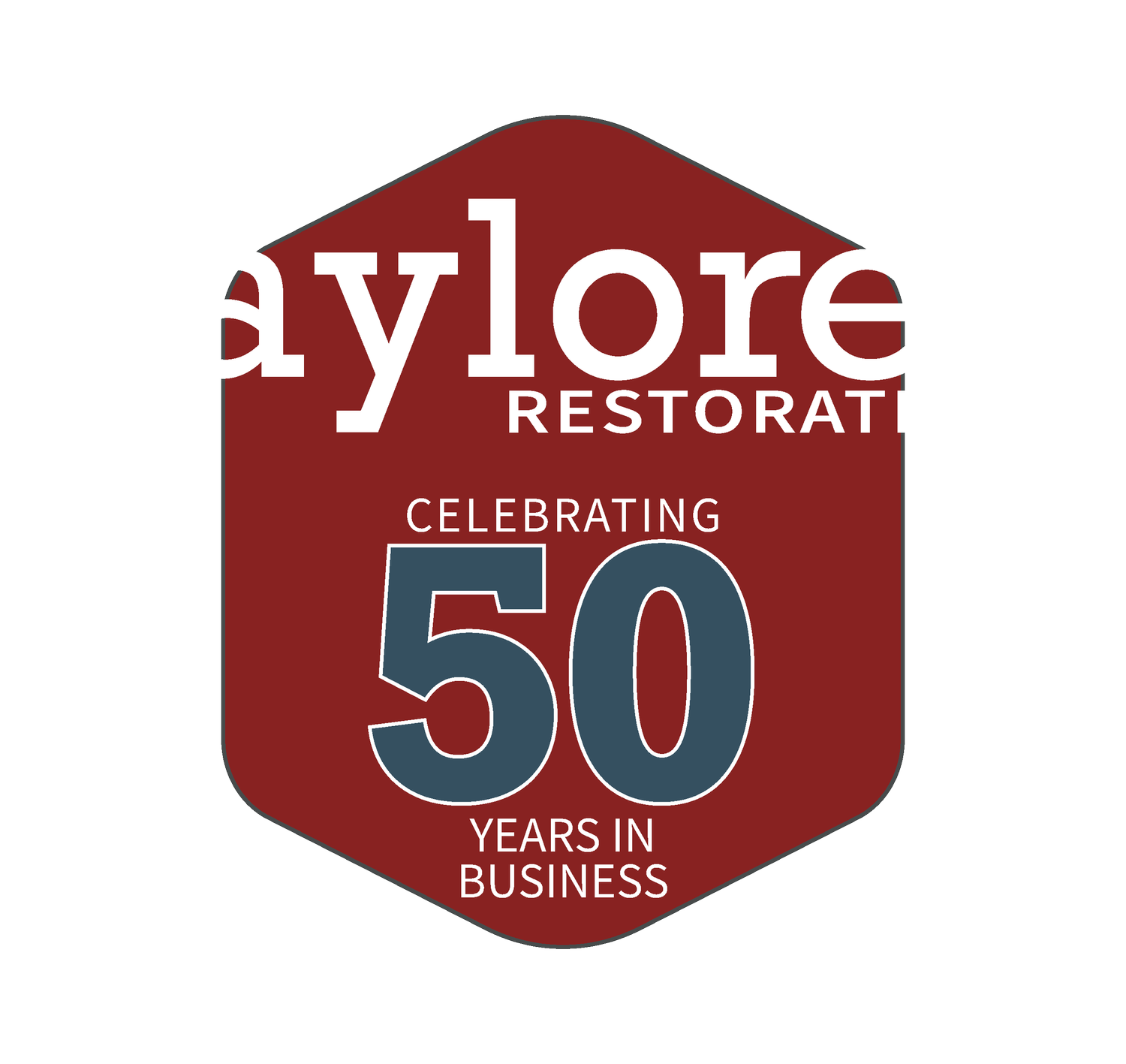Mold and Your Health: Safeguarding Your Family
Introduction
Welcome to Taylored Restoration, your trusted partner in home restoration after disasters. In this article, we will delve into the importance of understanding the dangers of mold and how you can safeguard your family's health. Mold is a common issue in homes, particularly during the melting season in Alaska. By being aware of the health risks, recognizing common symptoms, and taking proactive measures, you can minimize mold exposure and ensure the well-being of your loved ones. Let's explore the topic further.
The Health Risks of Mold
Mold is more than just an eyesore or an unpleasant odor in your home. It poses significant health risks that you should consider. Mold exposure can lead to various health issues, especially for individuals with allergies, respiratory conditions, or weakened immune systems. Here are some of the dangers associated with mold:
Respiratory Problems: Breathing in mold spores can trigger or worsen respiratory conditions such as asthma, bronchitis, and allergies. It can cause coughing, wheezing, throat irritation, and difficulty breathing.
Allergic Reactions: Mold spores are known allergens that can cause allergic reactions in sensitive individuals. Symptoms may include sneezing, runny nose, itchy or watery eyes, skin rashes, and congestion.
Mycotoxin Exposure: Certain types of mold produce toxic substances called mycotoxins. Prolonged mycotoxin exposure can result in more severe health issues, including neurological problems, immune system suppression, and organ damage.
Infections: Some people, particularly those with weakened immune systems, may be at risk of developing mold-related infections. These can manifest as respiratory or skin infections when mold enters wounds or abrasions.
Recognizing Mold in Your Home
Identifying the presence of mold in your home is crucial for taking prompt action to protect your family's health. Here are some signs to watch out for:
Visible Growth: Mold often appears as fuzzy patches, discoloration, or black spots on walls, ceilings, floors, or other surfaces. Pay close attention to damp areas, such as bathrooms, basements, and areas affected by water damage.
Musty Odor: Mold has a distinctive musty smell. If you notice an unpleasant and persistent odor in your home, it could indicate mold growth.
Water Damage History: If your home has experienced water damage from leaks, floods, or burst pipes, there is a higher likelihood of mold growth. Even minor incidents can provide the moisture needed for mold to thrive.
Minimizing Exposure and Seeking Professional Remediation
When dealing with mold, it's essential to prioritize your family's health and take appropriate measures to reduce exposure. Here are some practical tips to safeguard your loved ones:
Fix Water Issues: Promptly address any water leaks, plumbing problems, or moisture-related issues in your home. Repairing leaks, improving ventilation, and controlling humidity levels can help prevent mold growth.
Proper Ventilation: Ensure adequate airflow and ventilation in your home. Use exhaust fans in bathrooms and kitchens to reduce moisture buildup. Open windows when weather permits to promote air circulation.
Monitor Humidity Levels: Invest in a humidity meter to monitor humidity levels in your home. Keep the humidity below 50% to discourage mold growth. Consider using dehumidifiers in areas prone to dampness.
Effective Cleaning: Regularly clean and dry areas susceptible to mold, such as bathrooms, kitchens, and basements. Use mold-resistant products when applicable and promptly address any visible mold growth.
Protective Measures: When cleaning or handling mold, wear protective equipment such as gloves, goggles, and a respirator mask to minimize exposure to spores.
Seek Professional Remediation: If you discover extensive mold growth or suspect a severe mold problem in your home, it is crucial to seek professional assistance. Taylored Restoration has the expertise and equipment to safely and effectively remove mold, restore affected areas, and prevent future growth.
Conclusion
Protecting your family's health from the dangers of mold is a top priority. By understanding the risks, recognizing common symptoms, and taking proactive measures, you can safeguard your loved ones and maintain a healthy living environment. Remember to address water issues promptly, improve ventilation, monitor humidity levels, and seek professional assistance. At Taylored Restoration, we are dedicated to helping you restore your home and ensure the well-being of your family. Stay informed, take action, and let us assist you in creating a safe and mold-free living space.

